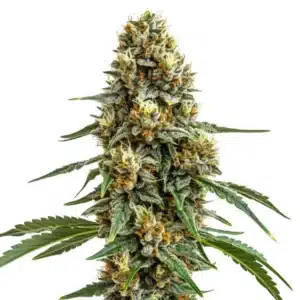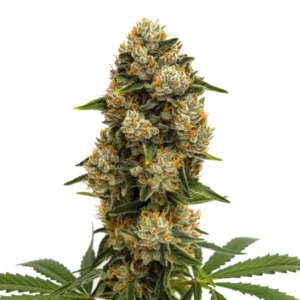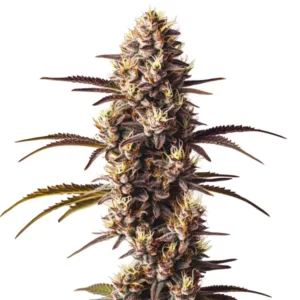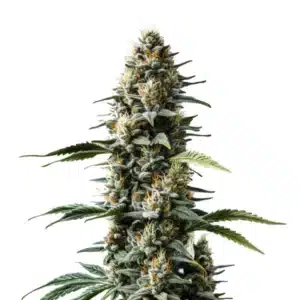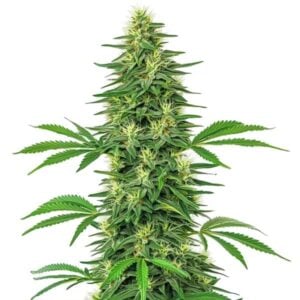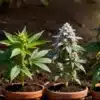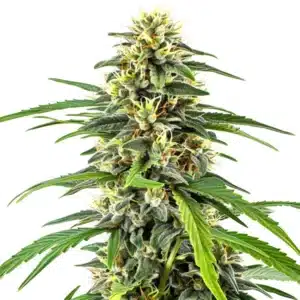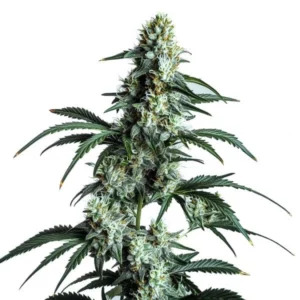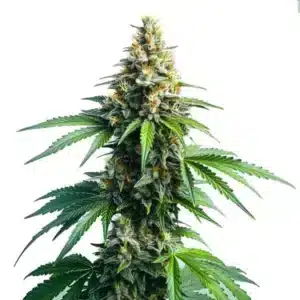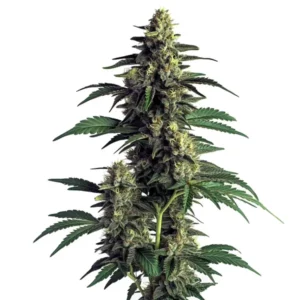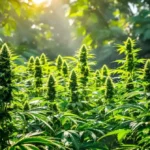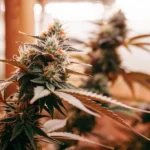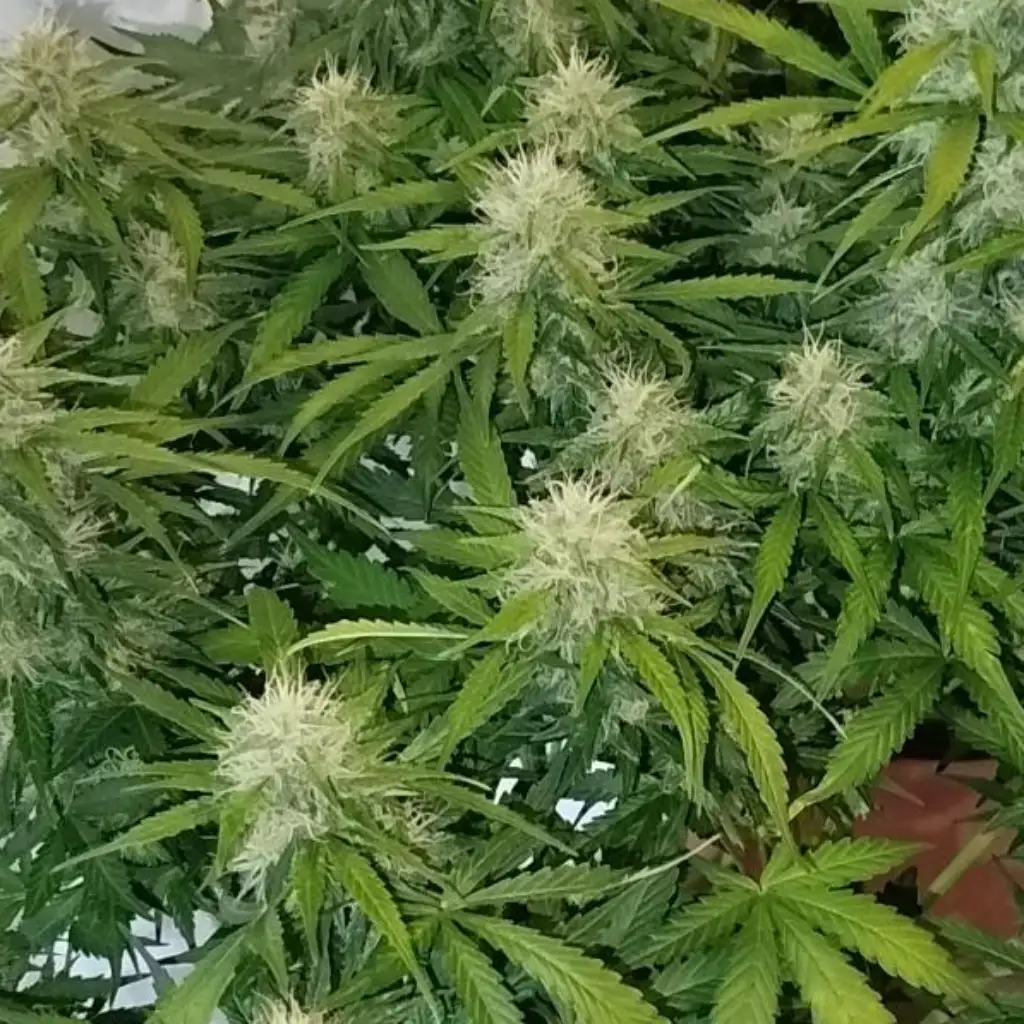
The Jungle Grow: A Survival Guide for Hot & Humid Climates
Growing cannabis in a hot, humid climate is like playing the game on a higher difficulty setting. Your two greatest enemies, oppressive heat and the constant threat of mold are everywhere. But listen to me: you can absolutely win.
Success in these tough conditions comes down to two things: choosing the right soldier for the battle (genetics) and equipping them with the right gear (your growing techniques).
Recommended Strains
Durban Poison
|
|
THC | 15% - 25% (Medium) |
|
|
Type | Feminized |
|
|
Yield | Medium |
|
|
Phenotype | 10% Indica / 90% Sativa |
Durban Poison Autoflower
|
|
THC | 21% - 25% (Medium) |
|
|
Type | Autoflowering |
|
|
Yield | Low |
|
|
Phenotype | 20% Indica / 80% Sativa |
Choosing Your Soldier: The Sativa Advantage
When you’re fighting a war in the jungle, you need a soldier that was born there. For hot and humid climates, your champion is almost always a Sativa-dominant strain.
Why? It all comes down to evolution. Sativas originated in the sweltering, humid regions near the equator. They adapted. Their typical characteristics, a lanky, open structure and airy, fluffy buds, are brilliant natural defenses against mold because they allow for maximum airflow, preventing moisture from getting trapped.
Now, you might be tempted to grow a famously tough Indica, but you need to be very careful. Indicas generally have much denser foliage and tighter, thicker buds, which can become a death trap for moisture and lead to catastrophic bud rot. On top of that, their bushy structure often means they are thirstier plants, which can be a huge problem during a long, hot dry spell.
Sticking with a proven jungle fighter like Durban Poison or Amnesia Haze is always a smart strategic move.
Promos & Deals
Equipping Your Soldier: The Grower’s Toolkit
Even the toughest Sativa needs support from you. These are the non-negotiable tools for winning the battle against heat and drought.
1. The Shield: Mulch.
Your single most powerful weapon is a thick, two-inch layer of organic mulch on top of your soil. This is non-negotiable. Mulch is a shield for your root zone. It insulates the soil from the baking sun, keeping the roots cool, and it dramatically reduces water evaporation from the surface. You’ll water less often, and your plant will be far more resilient.
2. The Secret Weapon: Water-Storing Polymers.
Ready for a next-level pro-tip for battling drought? Go to your local garden center and buy some water-storing polymer crystals. They look like little bits of salt. Mix a small amount of these crystals into your soil when you’re potting up.
These tiny miracles will absorb hundreds of times their weight in water, creating little emergency reservoirs throughout your root zone. When the soil begins to dry out, your plant’s roots can literally tap into these hidden pockets of water. It’s an incredible insurance policy against the brutal heat.
And remember the basics: in a humid climate, airflow is life. Give your plants more space than you think they need. Prune the lower, bushy growth to get air moving under the canopy. Stagnant air is the devil’s playground. When you Cultivate with these strategies, you can Nurture a thriving Homegrown garden even in the toughest conditions.
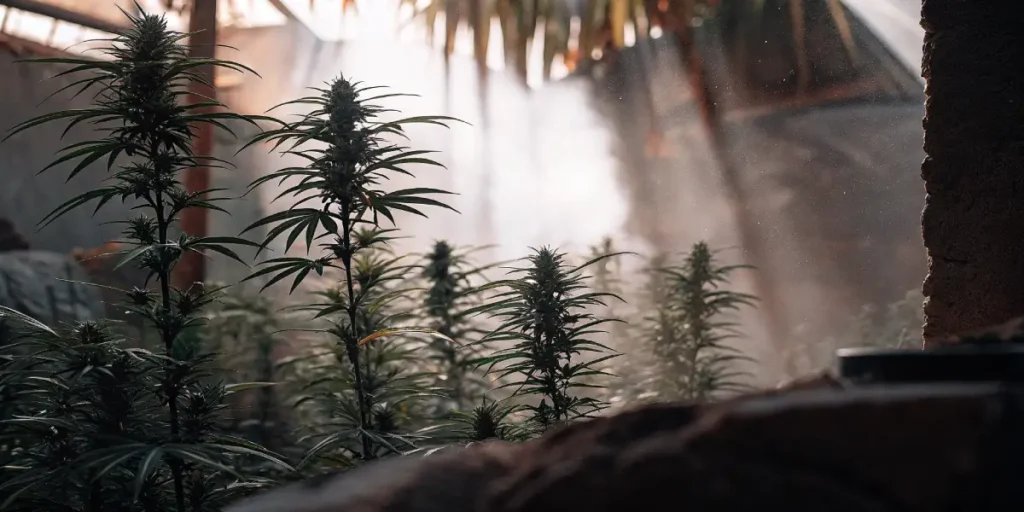
Frequently Asked Questions
What type of cannabis is generally best for hot, humid, and mold-prone climates?
Sativa-dominant strains are almost always the best choice. Their genetics are adapted to tropical regions, meaning they often have a more open, airy bud structure that allows for better airflow and provides a natural defense against mold and mildew.
Are Indica strains a bad choice for hot climates?
Not necessarily, but they are riskier. Indicas tend to have very dense buds and bushy foliage, which can easily trap moisture and lead to bud rot in a humid environment. They are also often thirstier plants, which can be a challenge during periods of drought.
What is the best thing I can do to help my soil retain water in the heat?
The best one-two punch is a combination of a thick layer of organic mulch on top of the soil and mixing water-storing polymer crystals into the soil itself. The mulch prevents surface evaporation, while the polymers create a hidden reservoir of water in the root zone.
What are water-storing polymers and how do they work?
They are tiny, absorbent crystals you can buy at a garden store. When you mix them into your soil, they soak up and hold large amounts of water. This creates a network of small, jelly-like reservoirs that your plant’s roots can draw from when the surrounding soil starts to dry out, making your plant dramatically more resistant to drought.


